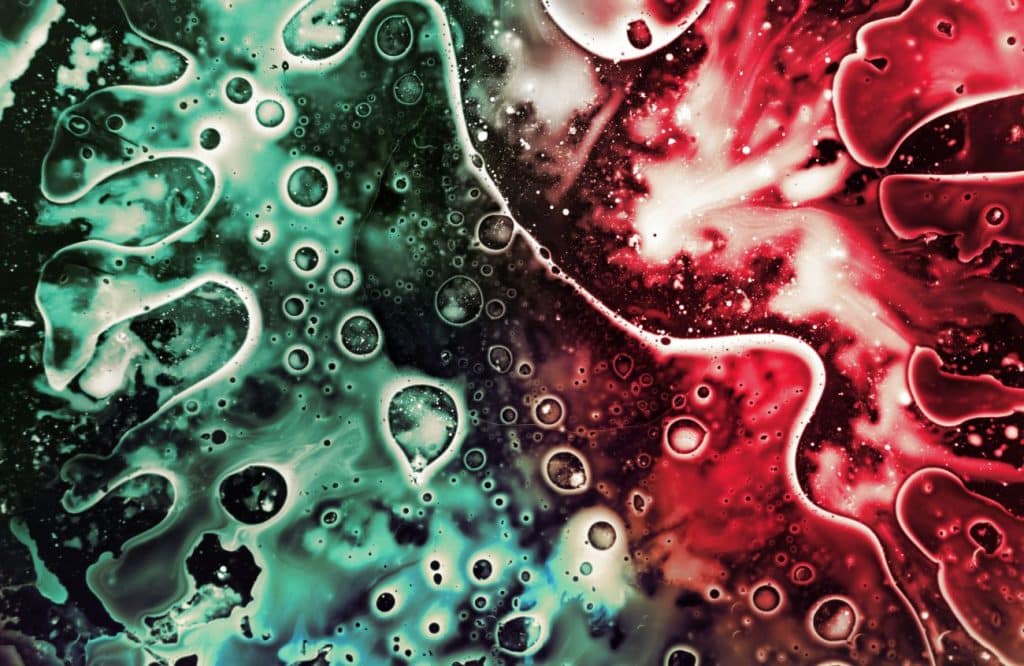Cross-connections between potable and process water supplies within buildings create real risks to employees, customers, and public water systems. So, to try to eliminate cross-connections at the most basic level, what if your facility just completely separated your potable water system and your process water (or any other non-potable) system? Sounds pretty good, right?
Two separate piping systems could theoretically eliminate unprotected cross-connections that present a risk of contamination or pollution to the building’s dedicated potable water distribution system. But more often than not, multiple concurrent systems create more problems—typically unseen—that put facilities at risk.
Protect + Prevent: Legionella Contamination in Industrial Facilities
The Best Intentions
Recently, HydroCorp worked with a food packaging facility where they had created (or attempted to create) two separate piping systems: one for potable and product water, and one for non-potable or process water. The potable water system was designed to be used only for human consumption and product use—things like drinking water stations, bathrooms, food production, and eye wash stations. The non-potable water loop would be used only for water in process equipment, such as boilers, chilled water systems, and floor cleaning equipment.
Considering the intricacies of water and water usage across industrial facilities, the food packaging facility considered this the best option for system design, planning to avoid cross-connections between the two systems entirely. In theory, this separation of systems should be easier to manage—fewer (or no) cross-connections, fewer backflow preventers needed, and ultimately a reduced risk of contamination. But that isn’t exactly what happened.
Unintended Consequences
When the HydroCorp team conducted the survey, actual conditions did not match intentions. We identified multiple potable water fixtures plumbed to the non-potable/process water line, including eye washes, emergency showers, and drinking water fixtures. The opposite was also true: Process equipment was plumbed to the potable water system without adequate cross-connection control measures, creating risk of contamination. Across the facility, there was significant crossing between the two systems.
Ultimately, the facility didn’t have a good understanding of their two systems and how they distributed water to all points of use. The initial piping system separation plan was thoughtful, but over time, with shifting priorities and an evolving facility, system monitoring and maintenance fell by the wayside, and cross-connections were inadvertently created.
Out-of-date building drawings and records, the work of multiple contractors, and inconsistencies in system design led to critical knowledge gaps, which can spin out of control if left unaddressed. As a result, employees, products, and customers are at risk of exposure to contamination.
A Common Problem
We’ve seen this attempted separation of systems across industries, always with the goal of protecting potable water systems and streamlining maintenance costs. But, over and over, we see the best laid plans go awry.
Other types of facilities face this problem—and attempted solution—as well. Breweries, dairies and other food processing facilities might build three separate piping systems: potable water, product water (that’s of potable quality), and process water. In these circumstances, we typically find a lot of crossing between systems. The same kinds of issues arise in manufacturing facilities and pharmaceutical applications, too. Potable water, deionized water, process water, and more in separate systems that still cross.
Whether from facility changes or contractors operating with a different philosophy, the risk of contamination from unprotected cross-connections persists.
Mapping, Correcting, & Maintaining
Now, back to our food packaging customer. After we surveyed the facility’s systems, we were able to map out the different water systems, developing different system colors so the schematics would be easy to read, understand, and act on. With accurate piping system schematics, the facility is now able to ensure they correctly plumb fixtures and processes to the correct system, avoiding accidental cross-connections and contamination risks. Moreover, existing critical issues can now be correct quickly and cost effectively.
With their schematics, they:
- Promote health and safety through assurance of clean drinking water
- Minimize the number (and related maintenance costs) of new backflow preventers
- Control future costs for installation, maintenance, and testing
- Better plan for future construction and renovation activity
- Save money on maintenance costs through better understanding of their pipes
Whether you have a single, complex system, or multiple overlapping systems, the threat of cross-connections persists. The nature of facilities lends itself to the cropping up of cross-connections. They happen for a variety of reasons, but what matters is that you prevent cross-connections where possible and, where they do exist, catch and correct them before contamination occurs. That’s the whole point of surveying and mapping facility piping systems.
Ready to learn more about how HydroCorp can help your facility develop accurate piping schematics?



